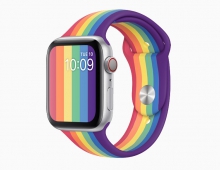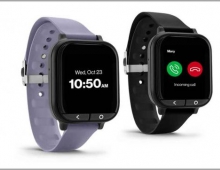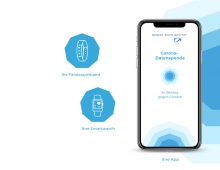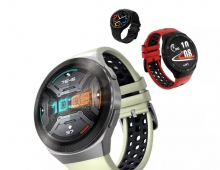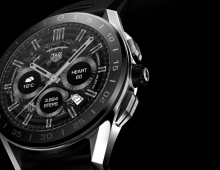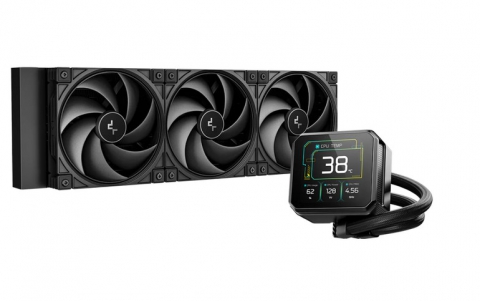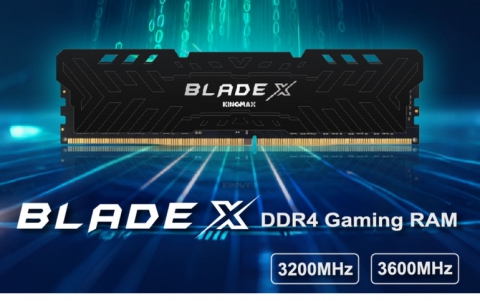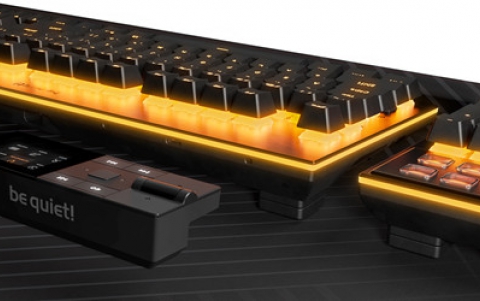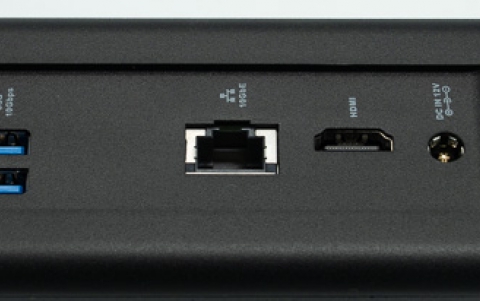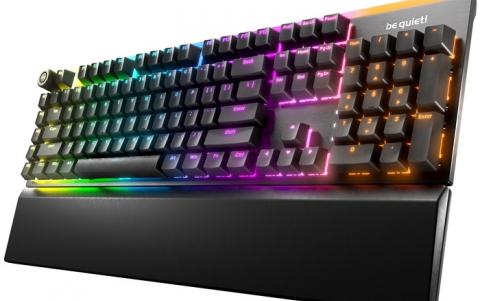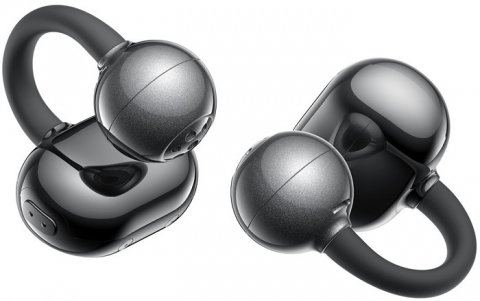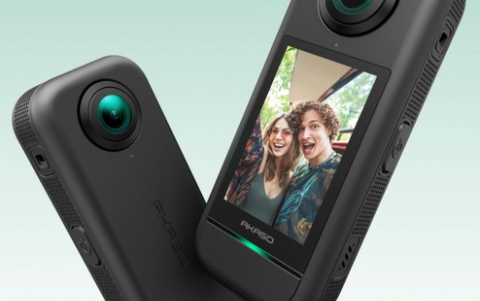
China Vendors Challenge Leaders Of Wearables Market
A quarter after Apple debuted as the number two wearables vendor worldwide, Xiaomi finished the third quarter of 2015 as a strong contender for this position, according to the latest data released by IDC. Similarly, newcomer XTC beat out Samsung Electronics as the world's number five wearables vendor. According to IDC, total shipment volume for the quarter came to 21 million units, up 197.6% from the 7.1 million units shipped in third-quarter 2014.
"China has quickly emerged as the fastest-growing wearables market, attracting companies eager to compete on price and feature sets. In addition, multiple vendors have experimented with a broad range of products and applications. The challenge, however, is whether these vendors can expand their presence, as few have extended beyond the country's borders and into other markets," noted Ramon Llamas , research manager for IDC's wearables team.
While there has been clear growth in the wearables market, there has been little sign of product cannibalization. Smartwatches have drawn increased attention to the market from the likes of Apple, Motorola, Pebble, and Samsung, but this has not dampened interest in fitness trackers. By the end of the third quarter, shipment volumes for both product categories increased sequentially and on year, showing that, for now, the categories can co-exist and grow. This also provides end users with choice in terms of feature sets and functionalities, ranging from simple fitness tracking to smartphone-like experiences.
"The bifurcation doesn't just exist in features, but also in price," said Jitesh Ubrani, senior research analyst for IDC. "The average smartwatch or band came in at just over US$400 and the average basic watch/band at US$94. This leaves a lot of room for new players like Fossil and niche players like Pebble as they have an opportunity to address this space."
During the 3Q15, Fitbit relied on its popular Fitbit Charge and Fitbit Surge models to maintain its leadership in the worldwide wearables market, and also saw continued growth within the Asia/Pacific and Europe, Middle East, and Africa (EMEA) markets. Equally noteworthy has been its fast-growing Corporate Wellness strategy during the quarter, which added North America retailer Target and its order of 335,000 fitness trackers for its employees. Target joins Bank of America, Time Warner, and more than 70 other Fortune 500 companies to deploy Fitbit devices to its employees.
Top Five Wearables Vendors, Worldwide Shipments, Market Share and Year-Over-Year Growth , Q 3 2015 Data (Units in Millions)
Vendor |
3Q15 Shipment Volumes |
3Q15 Market Share |
3Q14 Shipment Volumes |
3Q14 Market Share |
Year-over-Year C hange |
1. Fitbit |
4.7 |
22.2% |
2.3 |
32.8% |
101.7% |
2. Apple |
3.9 |
18.6% |
0.0 |
0.0% |
NA |
3. Xiaomi |
3.7 |
17.4% |
0.4 |
5.7% |
815.4% |
4. Garmin |
0.9 |
4.1% |
0.5 |
7.0% |
72.5% |
5. BBK |
0.7 |
3.1% |
0.0 |
0.0% |
NA |
Others |
7.3 |
34.6% |
3.9 |
54.6% |
88.8% |
Total |
21.0 |
100.0% |
7.1 |
100.0% |
197.6% |
Source: IDC Worldwide Quarterly Wearable Device Tracker, December 3, 2015
Apple posted a slight increase from the previous quarter, mostly the result of additional markets and channels coming on line. End-user attention has been going toward its entry-level and least expensive Sport line, to which Apple responded by introducing gold and rose gold models. In addition, Apple released watchOS 2, bringing native third-party applications to the device.
Xiaomi's inexpensive Mi Band buoyed volumes higher during the quarter, with more than 97% of its volumes shipping into China. Volumes outside of China remain limited, although progress has been made in western markets. Adding to Xiaomi's selection is its Mi Band Pulse, which added real-time heart rate monitoring and was released on Singles Day (November 11) in China.
Garmin's focus on citizen athletes with wearables for running, golf, swimming, hiking, and aquatics kept the company well entrenched as the clear number four vendor worldwide. With a deep and broad product portfolio and multiple price points, Garmin has been well-positioned to cover numerous market segments and address the rising fitness tracker category with its Vivo sub-brand of bands and watches.
China vendor XTC, a subsidiary of BBK, beat Samsung for the number five position by 100,000 units in its worldwide debut. Like other China vendors before it, XTC maintained its focus exclusively within China, and with just one device: the Y01, a children's phone watch.



